BoE Chief Economist Huw Pill said in a speech even though the voted for a 25bps hike last week, “given the inflationary pressures we currently face, I can certainly understand why colleagues on the MPC voted for a 50bp hike”.
But, “a case can be made for a measured rather than activist approach to policy decisions, with a focus on more persistent developments in the data that have lasting implications for the outlook for price stability,” he said.
“That is what I would label a ‘steady handed’ approach to monetary policy. Even if it does not provide guidance in all circumstances, I hope it can help explain why I voted for a 25bp hike – rather than something larger – last week.”




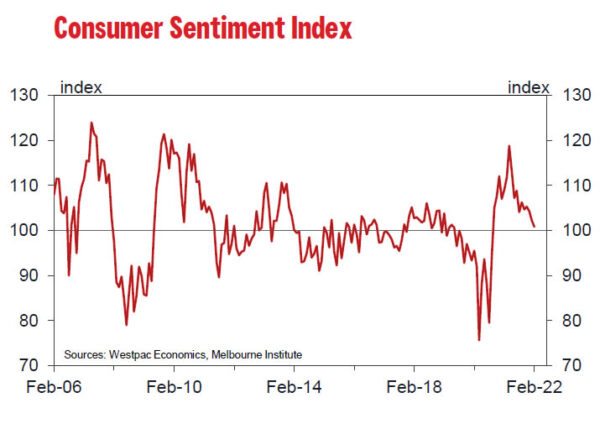
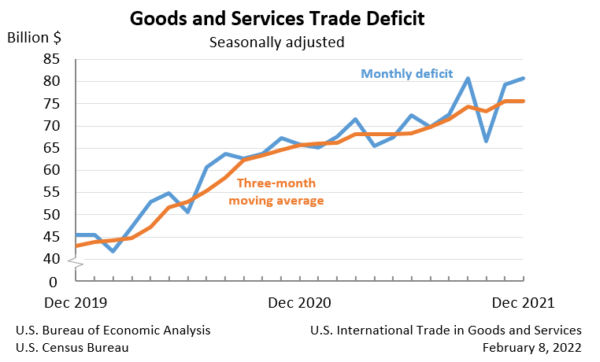
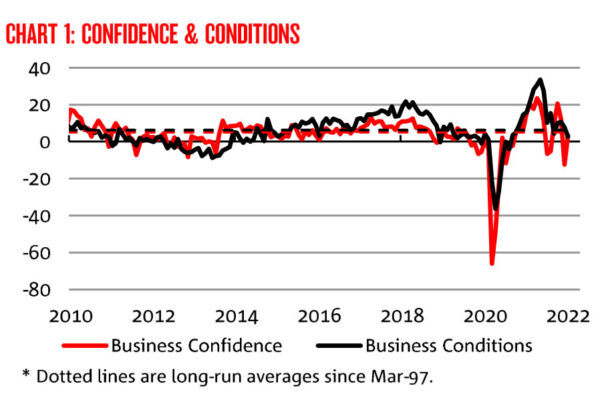

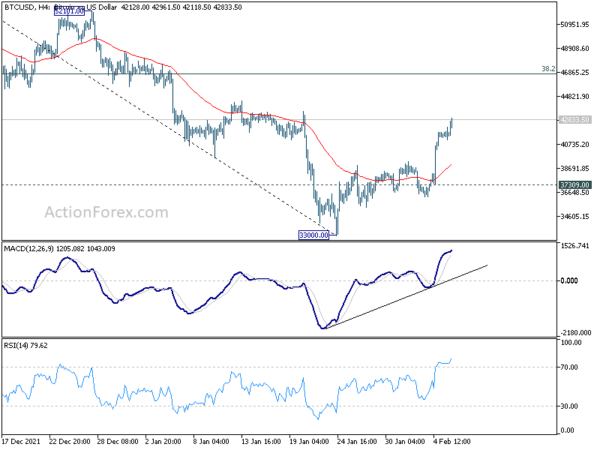
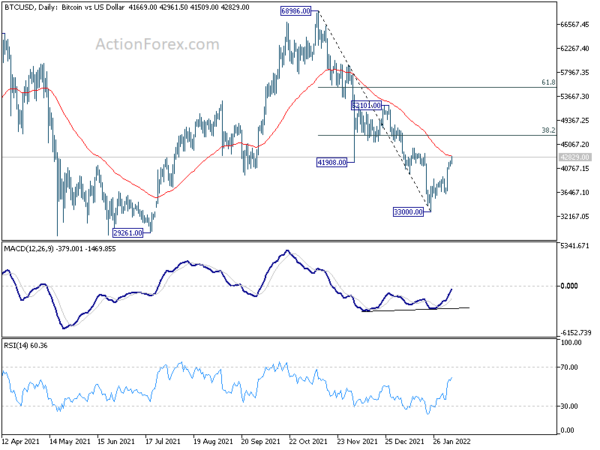
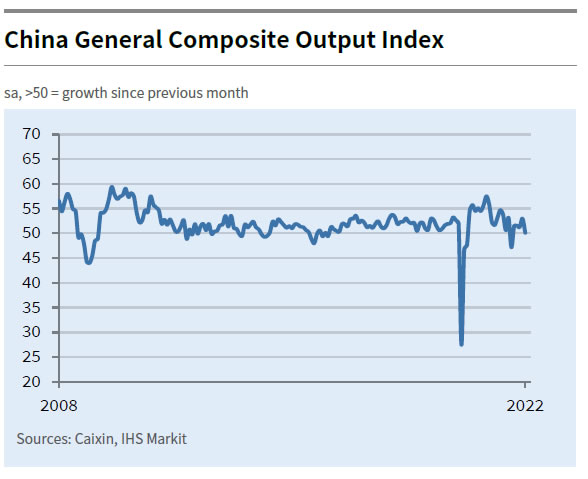
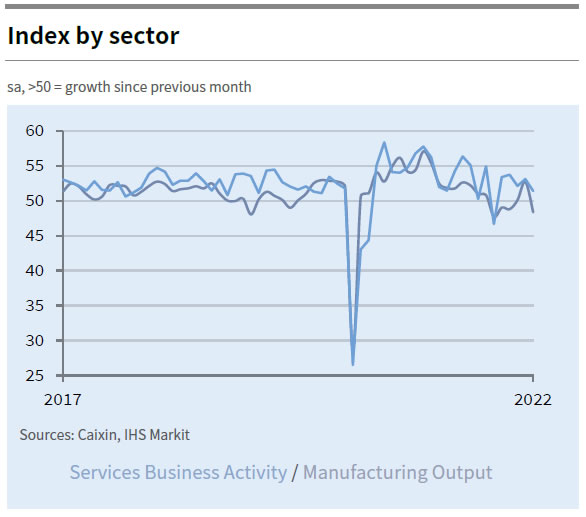
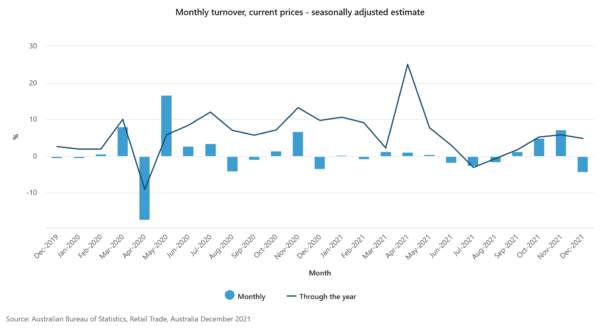
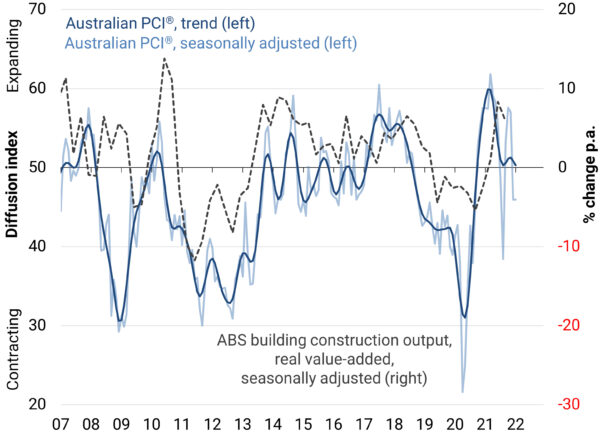
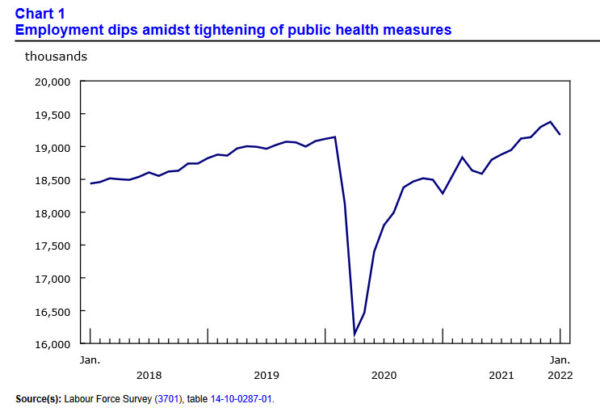
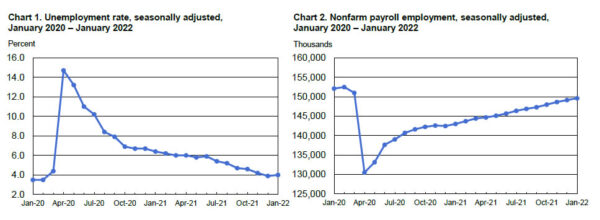

ECB Schnabel: Extended period of high energy price inflation may lead to higher inflation expectations
In a Twitter Q&A, ECB Executive Board member Isabel Schnabel said, “in the 1970s rising oil prices triggered a harmful price-wage spiral, as inflation expectations drifted away.” But, “today longer-term inflation expectations are well-anchored. We will ensure that high inflation does not become entrenched.”
“Inflation will remain high for longer than anticipated. There is a risk that inflation continues to rise in the near term but it is likely to gradually decline towards the end of this year. There remains high uncertainty around the inflation outlook.”
“Raising rates would not lower energy prices. But if high current inflation threatens to lead to a de-anchoring of inflation expectations, we may still need to respond, as our mandate is to preserve price stability.”
“Monetary policy has to keep a watchful eye on all factors, including energy, that affect the medium-term inflation outlook. An extended period of high energy price inflation may lead to expectations of higher inflation in the future.”